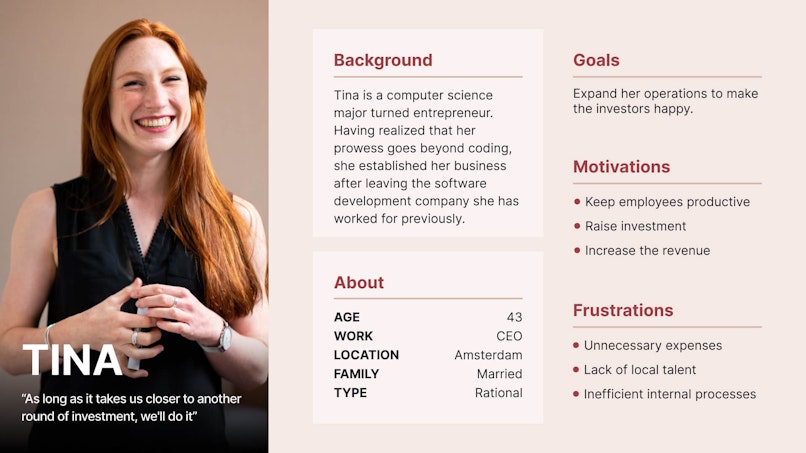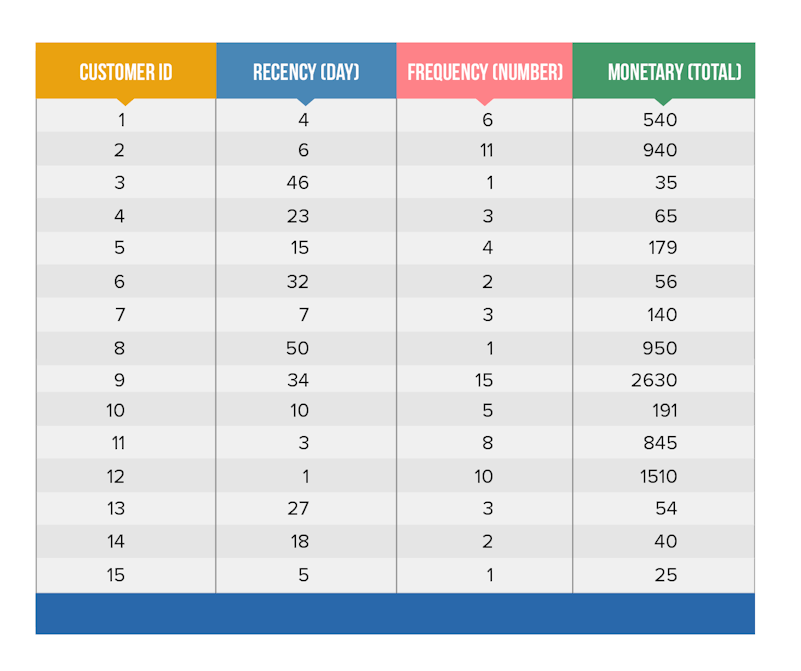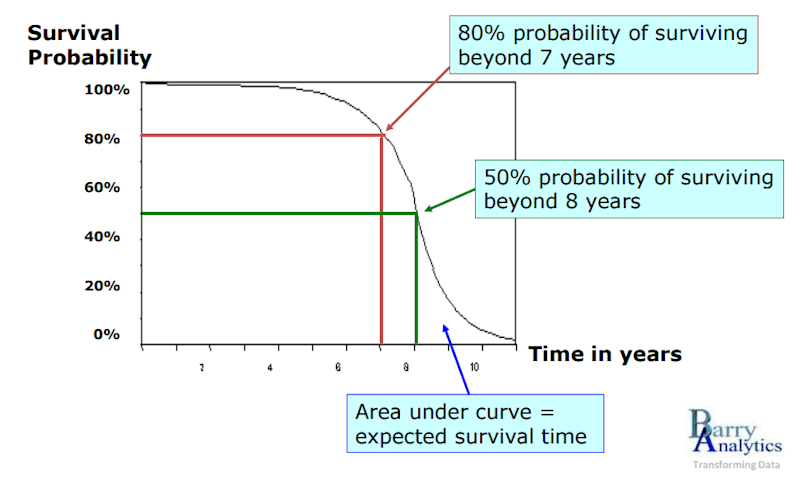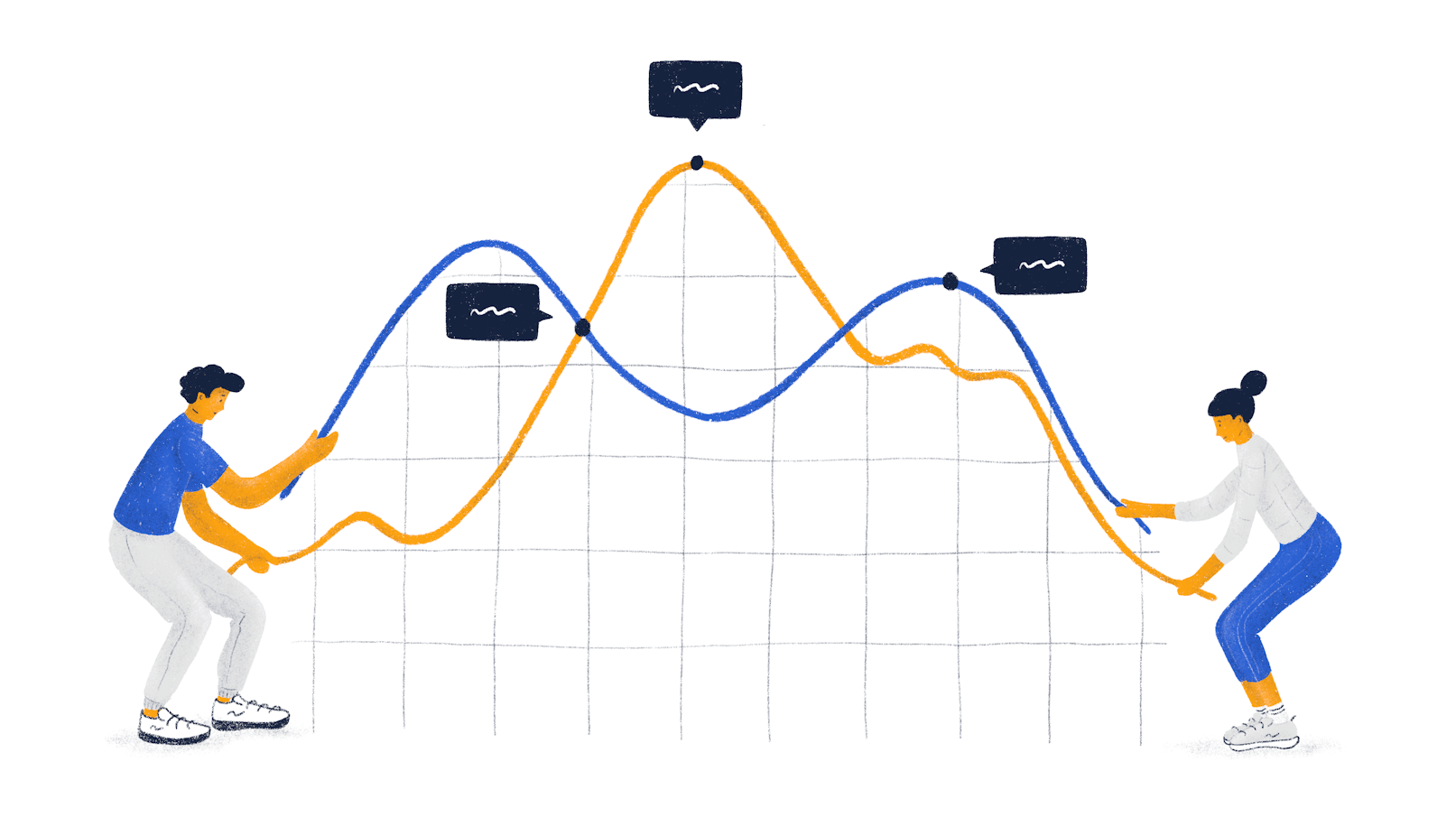Have you ever wondered why some customers stick around for years while others vanish in a flash? After all, it's a simple business fact that users come and go. However, when churn rates soar, it’s only then that most business owners will start scratching their heads. We can do better than that.
By analyzing customer behavior, churn analysis can help you identify the patterns and factors that lead to customers leaving. In this article, we'll explore the ins and outs of churn analysis, including the different techniques involved and the benefits of implementing it. Get ready to take control of your customer retention strategy and keep those users coming back for more!
Understanding Churn
Churn is a common phenomenon in the business world. Customers churn for various reasons, such as being unhappy with the product or service, better offers from competitors, or a change in personal circumstances. However, to manage churn and keep it as low as possible, you need to understand why exactly people leave.
There are a few ways to do just that.
Churn Analysis Techniques
There are multiple techniques to gauge churn. Which one you choose depends on your business and the data available. Let's explore some of the commonly used techniques:
Quantitative methods
Cohort Analysis
Cohort analysis is a technique that groups customers by certain characteristics, such as age, location, or purchase history, and tracks their behavior over time. This allows businesses to identify patterns and trends specific to each cohort.
For instance, if you notice that a certain cohort has a high churn rate, they can investigate the reasons behind it and create retention strategies tailored to that cohort. Which characteristic to choose depends on who your customers are. As a starter, you can try to have one cohort per persona.

Also, make sure to integrate any churn analysis findings into your customer persona files. Your marketing and product teams will thank you.
RFM Analysis
RFM (Recency, Frequency, Monetization) analysis is a technique that segments customers based on their purchase behavior. As icky as it sounds, not all customers should be valued equally. As such, you should target your retention strategies at the customer groups that bring in the most value for your product.

Essentially, it’s also cohort analysis, but with a set framework for division characteristics. Again, how you decide to slice your user base into categories depends on your product tiers, monetization, features, etc.
Qualitative methods
User interviews
Seeing a graph plummet is one thing. Hearing a user tell you their story is another. It’s the latter that will help you complete your understanding of why people leave.
User interviews are essential for putting real stories into the data you collect. These offer a wealth of insights, while also allowing you to ask follow-up questions.

We recommend that you make user interviews a recurring practice for your team be it for churn analysis or any other purpose. There probably isn’t a healthier habit for product teams.
Usability testing
Here’s a reason why people might leave. They can’t derive value from the product you’ve built. It’s just not usable. If you think that this couldn’t possibly be the case with your product, you need to think twice. People don’t stick around the products they can’t figure out.
If the product you’re building is at least somewhat complex, then you can likely attribute a double-digit percentage to the churn you’re getting to that. Bad usability.

To help optimize usability, you should conduct usability testing. Those are essentially having users interact with your product on camera, while you ask them to perform certain tasks and think out loud.
Churn Analysis Process
Typically, churn analysis entails the following steps:
1. Collecting and Organizing Customer Data
The first step in churn analysis is to collect and organize customer data. This includes data on customer demographics, purchase history, website behavior, and any other relevant data.
In practice, this entails installing apps like MixPanel, HotJar, Google Analytics, etc. to your product, and then waiting till the tools aggregate enough data.
2. Defining Churn for the Specific Business
The next step is to define churn for the specific business. This involves deciding on the timeframe and criteria for identifying a customer as churned. You'll essentially have to play around with data, and find patterns.
3. Calculating and Analyzing Churn Rates
Once churn is defined, businesses can calculate and analyze churn rates. Churn rate is the ratio between customers who churned and the total number of customers during the defined timeframe. It's as simple as dividing two numbers.
4. Identifying Factors that Influence Churn
The next step is to pinpoint the factors that influence churn. This involves analyzing customer behavior and identifying patterns and trends that are associated with churn.
5. Creating Actionable Insights from the analysis
The final step in churn analysis is to create actionable insights. You can use the insights to develop retention strategies and improve customer satisfaction. For instance, if the data shows that customers are churning due to poor customer service, the business can invest in improving its customer service to retain customers.
Though the real world is typically more complex than that. There’s rarely just one factor that pushes your users to leave. Once you have a list of issues, you should prioritize those that are the easiest to fix and have the most impact.
On forecasting churn
The longer you track churn, the more patterns you see. What you will certainly see, is that certain conditions make customers more likely to churn. And that’s exactly when you can intervene with an irresistible offer.
Additionally, forecasting churn will help you plan ahead. Unless you know how much you’ll be making in the next couple of months with a decent degree of certainty, there’s no use planning.
The most common technique for churn forecasting is survival analysis. Survival analysis is a statistical technique that estimates the probability of customers churning over a certain period.

It takes into account the time it takes for customers to churn and the factors that influence churn. Survival analysis can be useful in predicting when customers are likely to churn, allowing businesses to intervene and retain them.
Challenges of Churn Analysis
Although churn analysis may seem easy, it is anything but. You should brace yourself for the following challenges:
Difficulty in Defining Churn for Certain Businesses
What’s churn anyway? No, really. When should we consider a user churned? This seemingly minor technicality is a nightmare for products with long sales cycles or those that sell products with infrequent purchase patterns.
While this may seem a triviality, you need to establish clear churn definitions and conditions. Otherwise, you just can't do the math.
Data Quality Issues
As with any analysis, the conclusions can only be as good, as the data. It’s best to have multiple data-collecting tools in case there are inconsistencies. If all the tools you’re using show similar information, there’s a good chance it’s accurate.
Time and Resource Constraints:
Churn analysis can be time-consuming and resource-intensive, particularly for businesses with large amounts of data. You may need to invest in data analytics tools or hire data analysts to perform the analysis.
Conclusion
Churn analysis is a crucial process for businesses that want to reduce churn and retain customers. By understanding why customers churn, businesses can develop targeted retention strategies that address the specific needs of each customer segment.
The different churn analysis techniques available, such as cohort analysis, survival analysis, RFM analysis, and predictive modeling, provide businesses with several options to choose from based on their specific needs. While churn analysis presents some challenges, the benefits it provides, such as increased profitability and customer loyalty, make it a worthwhile investment for businesses.





